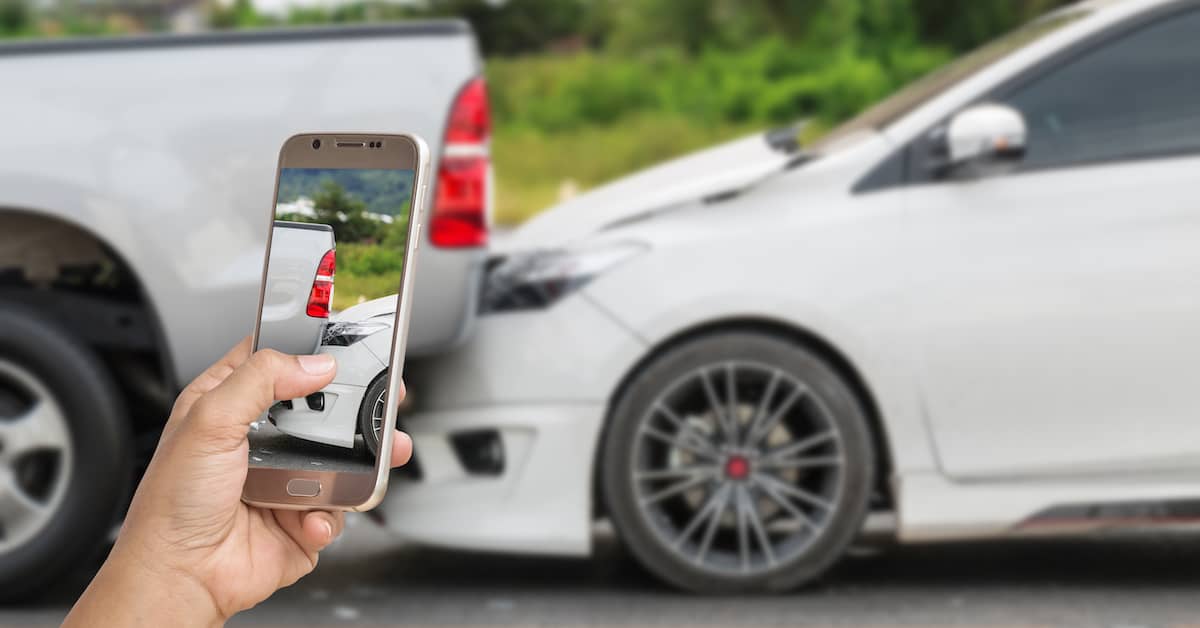Have you ever been in a rear-end collision? It’s a frightening experience that can lead to unexpected injuries. Whether it’s a minor fender bender or a serious crash, rear-end collision injuries can affect your life in many ways. Knowing your legal rights is crucial for getting the compensation you deserve. In this article, we’ll guide you through the key legal aspects of rear-end collisions, helping you understand what to do and how to protect yourself after an accident.
Who Is at Fault in a Rear-End Collision?
In a rear-end collision, the driver behind is typically held responsible for the accident. This is because drivers are required to maintain a safe distance to stop in time if the vehicle ahead slows down or stops. However, if the lead driver causes the crash by braking suddenly without cause, the rear driver may not be at fault.
There are also cases where the rear driver might not be entirely responsible. If the rear driver experiences a mechanical failure, like brake failure, they might not be liable for the accident. Fault can also be shared if both drivers contribute to the crash in some way.
Types of Injuries Common in Rear-End Collisions
The most common injury in rear-end collisions is whiplash, which occurs when the head and neck move suddenly forward and backward. This sudden motion can strain muscles and ligaments in the neck and cause pain. Whiplash symptoms may appear immediately or develop a few hours later.
Other common injuries include back and head injuries, which can occur due to the force of the impact. Injuries like these may lead to long-term pain, limited mobility, or even permanent damage. Soft tissue injuries, such as strains and sprains, are also common in rear-end collisions.
Insurance Claims and Compensation
After a rear-end accident, insurance claims are filed to seek compensation for injuries and property damage. If the other driver is at fault, their insurance will typically cover medical costs and car repairs. If you are partially responsible for the accident, your own insurance may help depending on state laws.
In “no-fault” states, drivers must file claims through their own insurance, regardless of who caused the accident. These states have specific rules for how compensation is handled, which can limit the ability to sue the other driver. However, in some cases, if injuries are severe enough, the injured party may still be able to pursue a lawsuit.
Legal Actions and Lawsuits
If you suffer serious injuries in a rear-end collision, you may need to consider taking legal action. A personal injury lawyer can help you understand the legal process and protect your rights. If an insurance settlement is not enough to cover your expenses, filing a lawsuit against the at-fault driver may be necessary.
To ensure the best chance of success in your case, it may be wise to consult with the best car accident attorney in Atlanta. They can help you navigate the complexities of the legal system and fight for the compensation you deserve.
Protect Your Rights With Knowledge of Rear End Collision Injuries
Dealing with rear end collision injuries can be overwhelming. Understanding the legal and insurance processes can help reduce the stress of the situation. It’s important to know your rights and the steps to take after an accident.
Seeking professional help, like car accident rehabilitation, can speed up recovery. Acting quickly can help protect your interests and ensure that you receive the support you need.
Did you learn something new from this article? If so, be sure to check out our blog for more educational content.
Keep an eye for more news & updates on Gossips!




